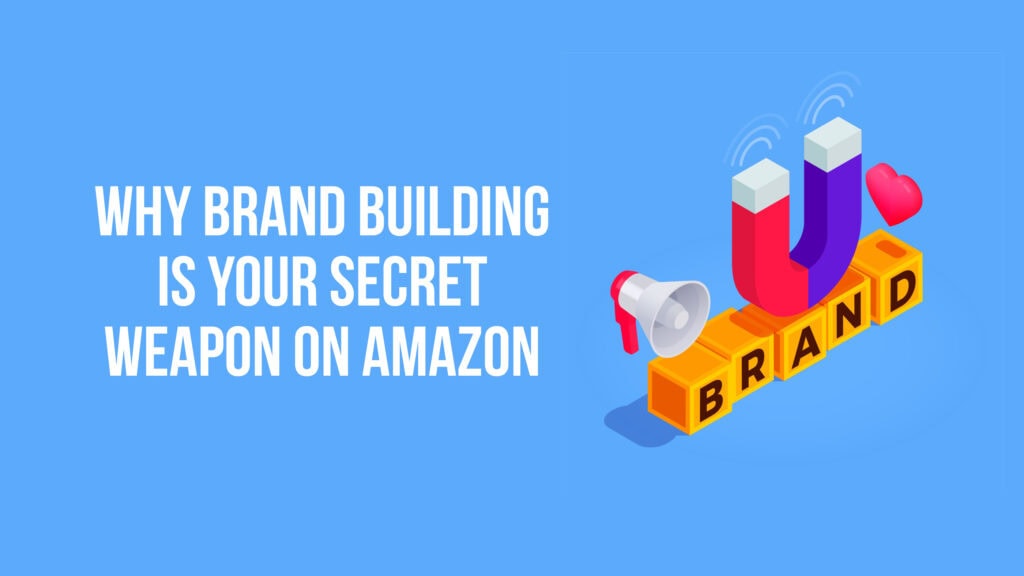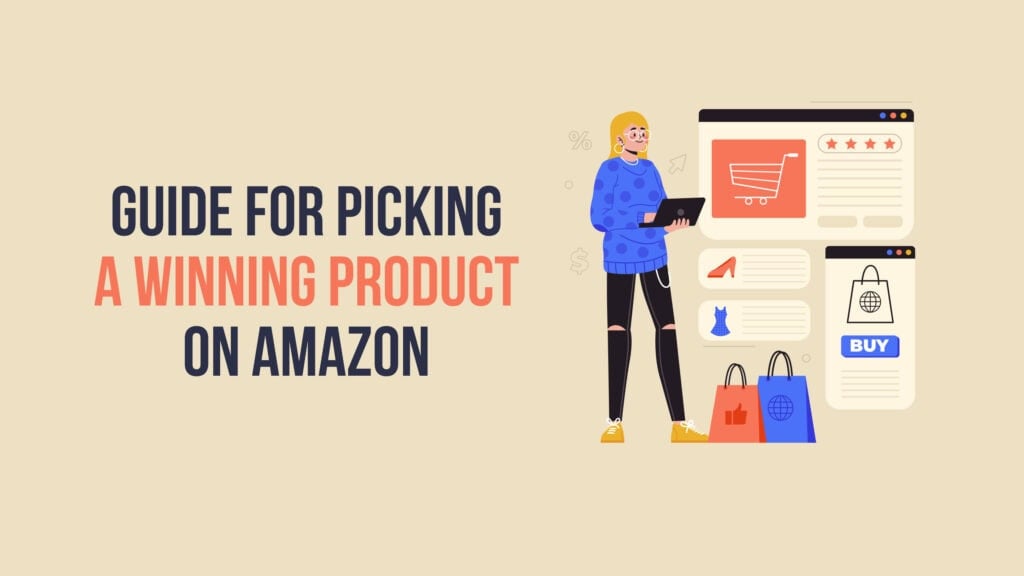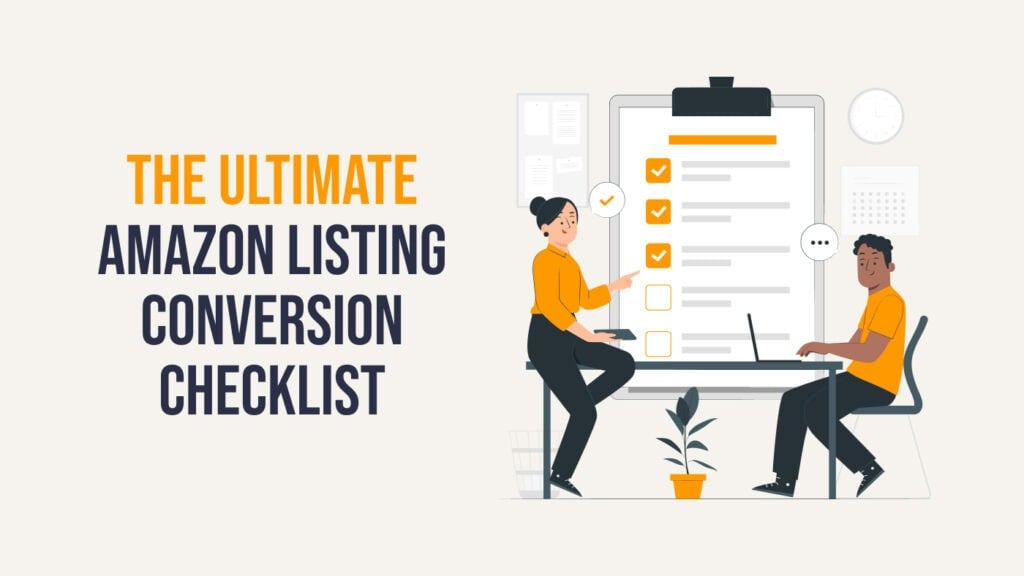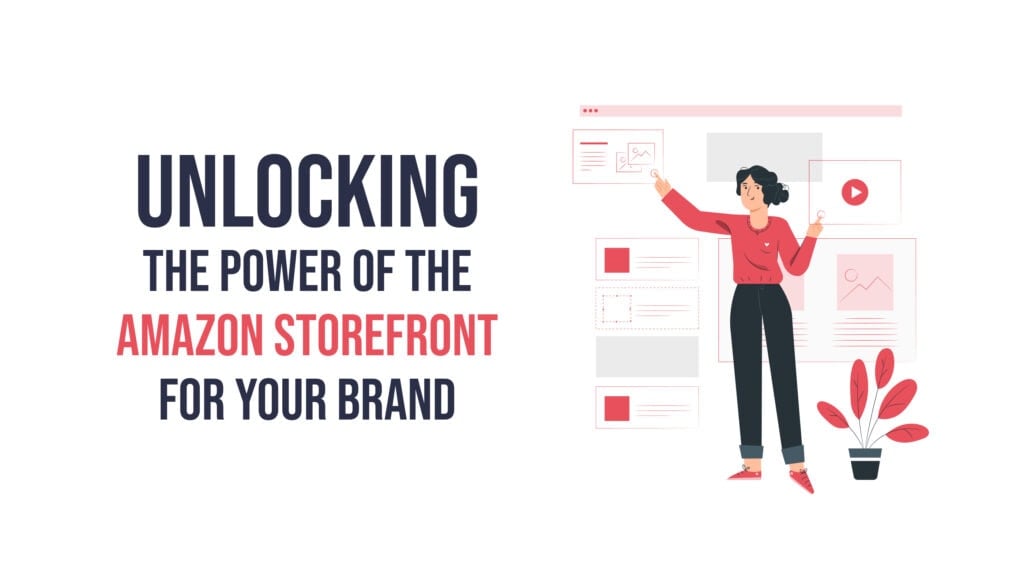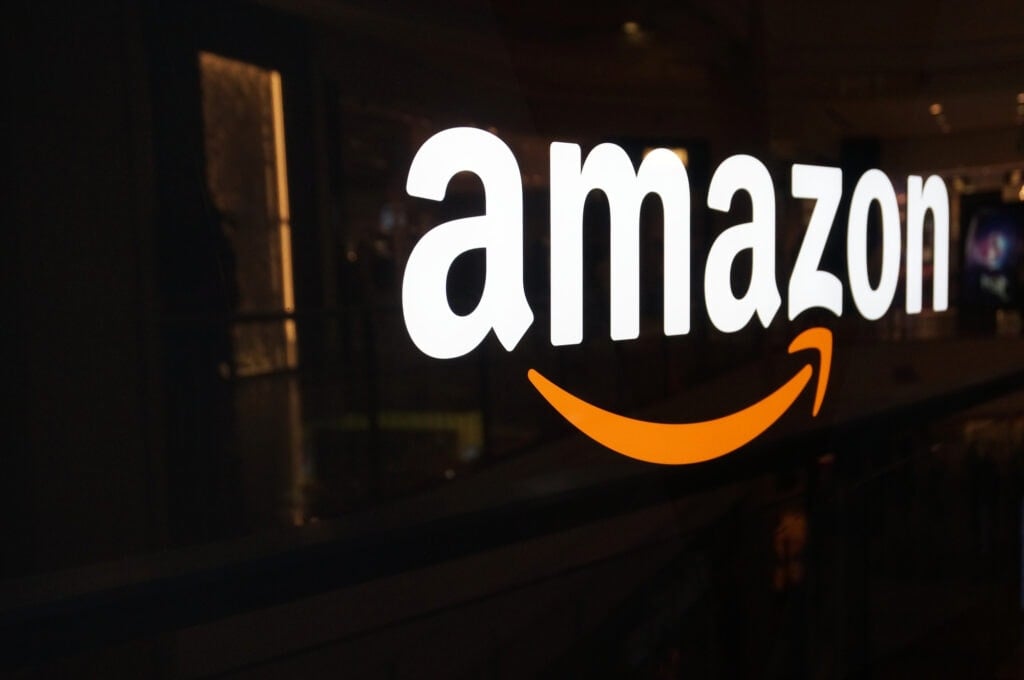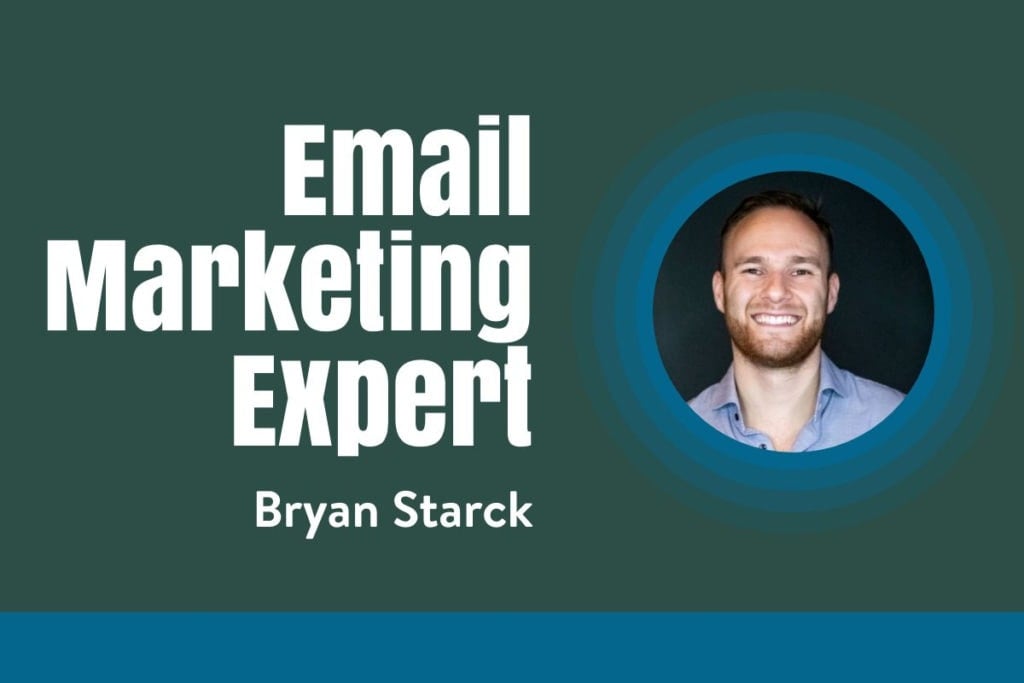The complexity and confusion of product pricing can make it tempting to “wing it.”
Unfortunately, pricing is the one part of the marketing mix that you can’t quite afford (literally) to figure out as you go. You must have a strategy.
Understanding what your customers will pay is a challenge. If you price too low, you’ll lose interest. And if you price too high, you’ll lose trust.
Pricing isn’t a static strategy, either. It should shift with varying market trends, new products, and changing business and personal goals. You have to start somewhere, though, so before you slap a number on your product or service, check out these six pricing tips.
Six Pricing Tips to Profit Like the Pros
Understand your product’s actual cost
A lot goes into making and marketing your product, and ignoring even one component of its cost could mean setting your price too low. To understand your product’s real cost, don’t forget to consider:
- Materials and labor
- Overhead, such as taxes, order fulfillment, insurance, transportation, and rent
- Buried costs, such as your and your team’s salaries, cost of borrowing money, capital for shareholders, and cost to replace depreciating assets
Determine what you need
Once you know the actual cost of your product, determine what you need to keep your business up and running. What do you need to keep building, servicing, and selling your products? How much do you owe shareholders and employees? What do you want to make as the owner?
It doesn’t really matter what customers are willing to pay if profit margins don’t cover your expenses.
Analyze your customer base
Take a hard look at your customers. If you have the money, hire a market research firm. If not, conduct your own market analysis. Use online databases such as Quantcast, Google Trends, and Ahrefs to learn about income levels and spending habits. Use SurveyMonkey or TypeForm to create a survey about how your potential and current customers value your products.
If all else fails, just ask.
Analyze your direct and indirect competition
Take the same hard look at your competition, both direct and indirect. Direct competition refers to businesses selling the same product or service as you. What is their pricing strategy? What are their sales strategies? Do they discount for holidays or weekends?
Indirect competition is anywhere else your customers could be spending money. Many businesses don’t look at the indirect competition, but your customers do. When making purchase decisions, consumers don’t simply compare similar products; they look at every place they could be spending money. Take a look at those indirect competitors and their pricing strategies, too.
Use tiered pricing
Figure out a way to break up your product pricing into tiers. This strategy is helpful for a few reasons. One, you can offer products at a few different prices, meeting the needs of a broader demographic of customers. You can also test various pricing points without having to publish–and eventually retract–some of your prices.
Lastly, bracketing your prices taps into the psychological tactic of perceived value. Placing differently-priced options together will cause your audience to picking which one they deem most valuable, not necessarily which is the best option.
Set an anchor
Another psychological tactic used when pricing products is anchor pricing. This is when you set a sale price and an “anchor” price to illustrate perceived savings for the consumer. The original “anchor” price establishes a reference point for the consumer from which they determine the value of other products. Some businesses set an “anchor” price much higher than MSRP (manufacturer's suggested retail price) to sway consumers into purchasing the product on sale–when it’s actually at base price.
Final Thoughts
Pricing is a moving target. There’s not one strategy that works best for all industries, businesses, or products.
Always keep in mind market trends, new products, and personal and business goals when picking a product pricing strategy. And once you come across one that works, let us know in the comments below!
LEARN MORE ECOMMERCE BASICS ON CAPITALISM.COM:
• How New Entrepreneurs Sell Millions on Amazon (The Definitive Guide – Revisited)
• This 24-Year-Old’s Tech Solution Turns Amazon Sellers into Multi-Millionaires
• Key Steps to Drive Ecommerce Sales Beyond Amazon w/ Ezra Firestone

